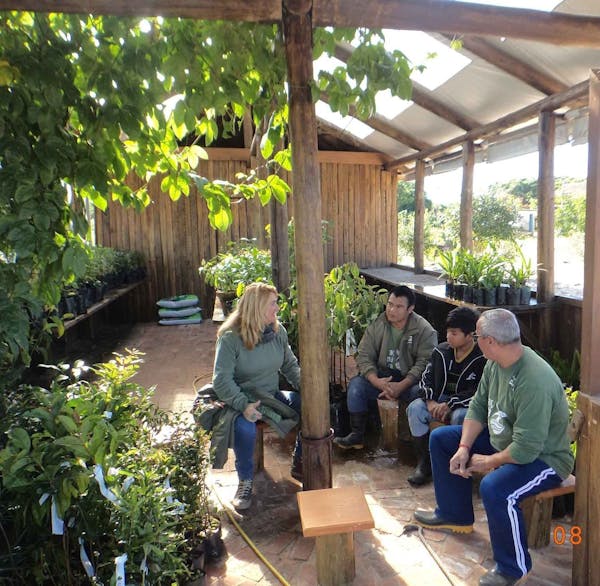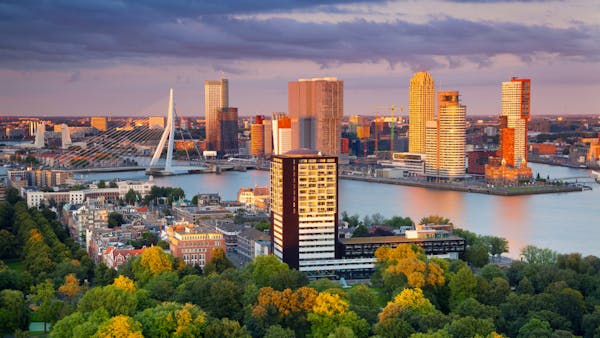The wonders of bamboo groves: Nature’s climate solution and sustainable resource
- Nature Conservation
- Land Conservation
- Forests
- Sustainable Fiber & Pulp
- Energy Efficiency
- Industries & Services
- Biodiversity
There are over 1,600 species of bamboo around the world. A member of the grass family, bamboo is found on every continent except Europe and Antarctica. Bamboo's resilience, versatility, and unique ability to quickly grow and establish complex root systems make it a vital species in its native ecosystem. Bamboo can:
- Provide habitat for biodiversity
- Reduce land degradation
- Stabilize slopes
- Produce oxygen
- Absorb heavy metals
- Sequester carbon
It has over 10,000 documented uses, including replacing plastics, paper, and wood. As global temperatures continue to rise, the conservation and reforestation of bamboo forests serve as a crucial component for ecological balance.

Giant Panda eating bamboo, Chengdu, China. Image credit: © Birdiegal717 | Dreamstime
Bamboo's coverage and its role in biodiversity
Bamboo forests are estimated to cover 35-50 million hectares of land. They provide shade, housing, and food for millions of plant, animal, and insect species.
Soft bamboo shoots, stems, and leaves are the primary diet of species like:
- The giant panda of China
- The red panda of Nepal
- Numerous lemurs in Madagascar.
Moreover, mountain gorillas, chimpanzees, and elephants in Central Africa consume bamboo, and various forest rodents feed on its flowers.
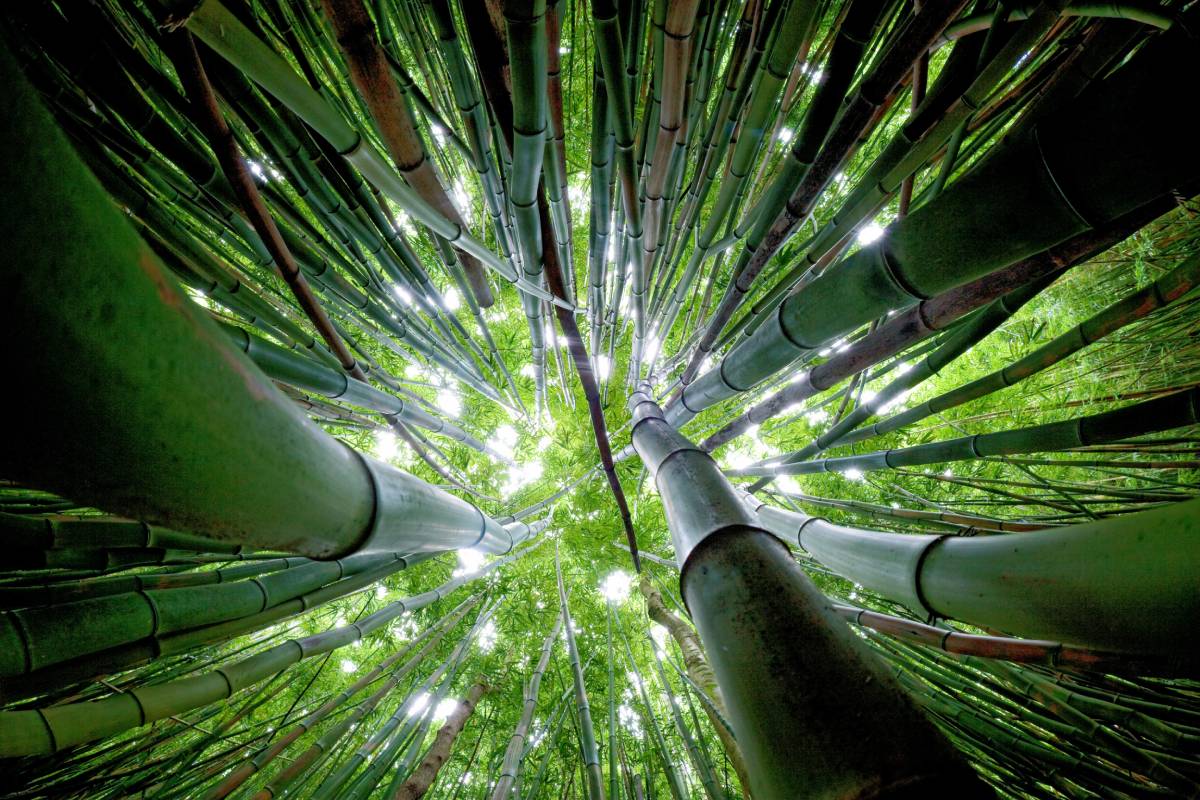
Bamboo forest in Hana, Kipahulu, Maui, Hawaii. Image credit: © Idreamphotos | Dreamstime
Shallow roots and their benefits
Shallow roots are one of the most distinguishable characteristics of bamboo. An extensive network of fibrous rhizomes in the topsoil can prevent erosion and control floods and landslides by holding soil particles together.
Bamboo is incredibly resilient and capable of regenerating when the region faces destruction from wildfires or severe weather. These roots enable bamboo to thrive on steep and marginal soils, making it an excellent choice for reforestation on slopes. In numerous ways, bamboo can aid in stabilizing and rejuvenating land affected by the impacts of climate change, addressing both symptoms and root causes.
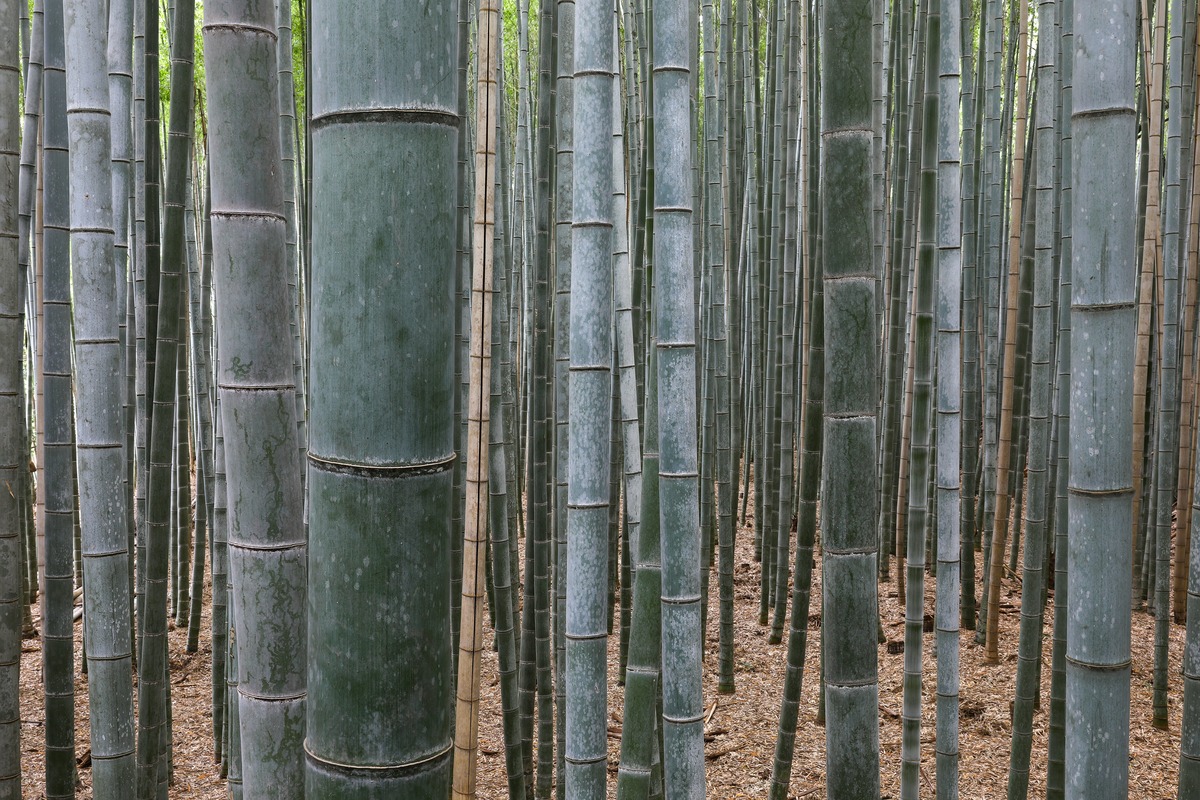
Bamboo forest, Arashiyama, Kyoto, Japan. Image credit: Basile Morin, CC BY-4.0
Bamboo's contribution to the environment
Bamboo can rapidly sequester greenhouse gases in both biomass and soil. It removes carbon from the atmosphere faster than many other plant species. It can thrive on even the most degraded lands. Additionally:
- A bamboo grove releases 35% more oxygen than an equivalent group of trees.
- Its root systems act as natural water purification filters and have a superior capacity for groundwater recharge.

Sunlight breaking through a bamboo grove. Image credit: © Dengyinchai | Dreamstime
Bamboo's potential for industrial use
With the tensile strength of steel, the hardness of oak, and immense flexibility, bamboo offers the potential to replace plastics, paper, and wood in numerous industries, including:
- Retail
- Construction
- Fashion
The tallest bamboo species can grow over 30 m (98 ft) in height, and the fastest-growing varieties can expand by 910 mm (36 in) within just a 24-hour period. These bamboos reach full height in a single growing season and can reach full stalk thickness in four to eight years. After being harvested, they quickly regenerate, a characteristic in sharp contrast to trees, the primary paper source. Other notable qualities of bamboo include:
- Antibacterial properties
- 100% biodegradability
- When woven into fabric, it outlasts cotton in maintaining shape, strength, and durability—up to three times over.
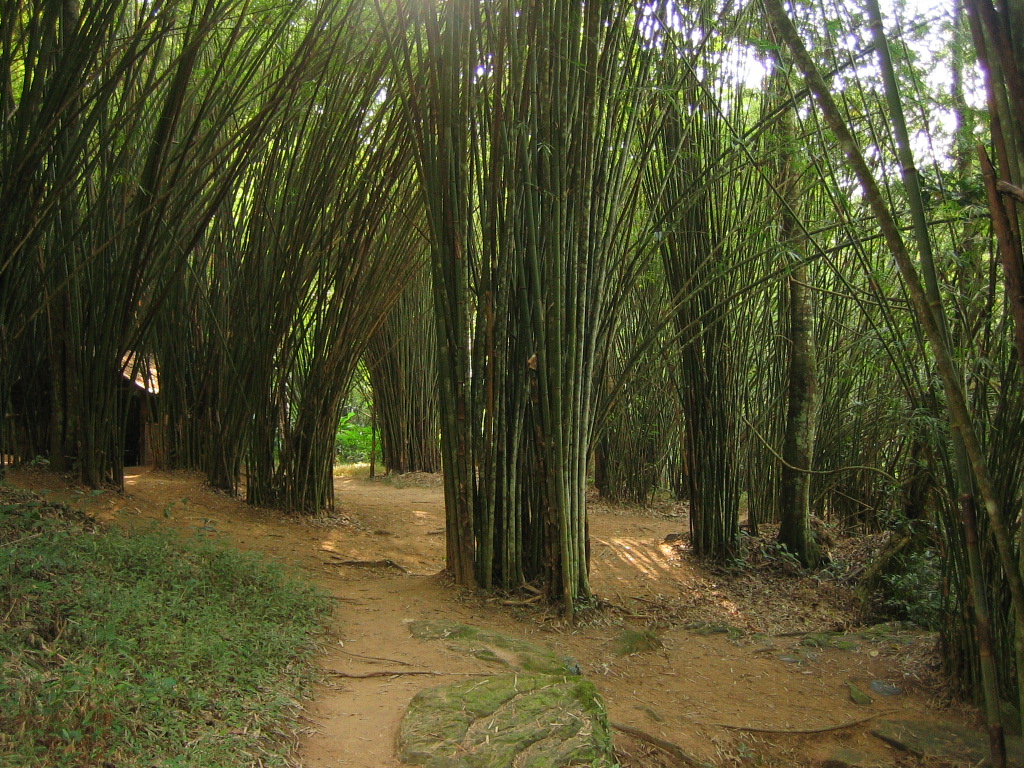
Bamboo grove, Nam Nao National Park, Bambuswald, Photo von Martin Püschel, 28.02.2006
Bamboo in everyday items
Many household items now incorporate bamboo. Examples include:
- Toothbrushes
- Paper towels
- Sponges
- Single-use plates and silverware
- Reusable water bottles and coffee cups
The potential applications for bamboo seem endless. Its cultivation and role as a climate solution have never been more pertinent. Bamboo can rapidly provide the resources to restore habitats and establish carbon sinks. Among the strategies to address the climate crisis, it's clear that bamboo protection and cultivation are clear standouts.


